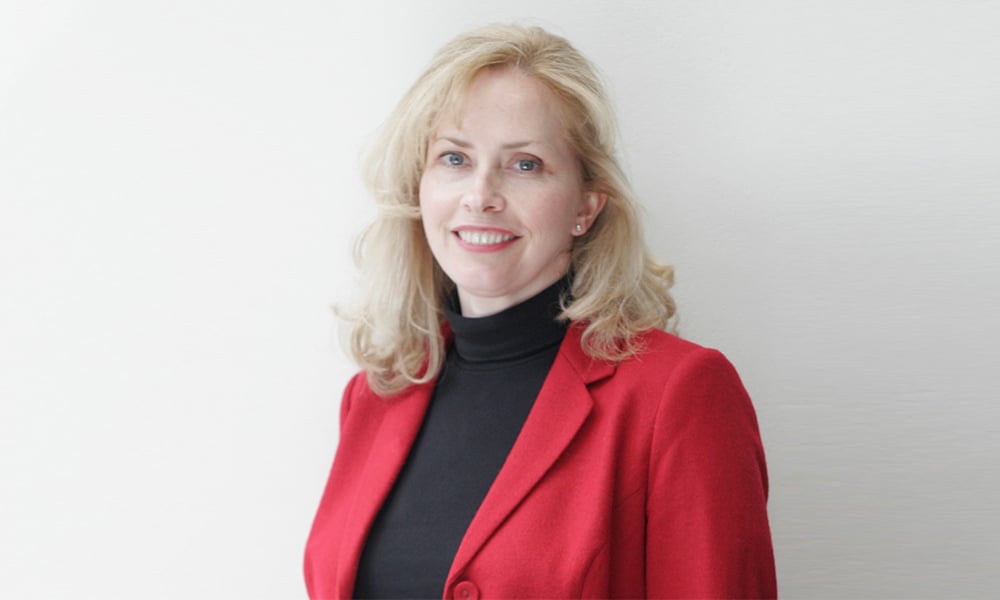
Randstad’s diversity & inclusion GM on why Australia is on the precipice this International Women’s Day

International Women’s Day is always an important moment to reflect on the gender inequality that still exists all over the world. But 2021 marks a critical year in the fight for progress. COVID-19 has had a disproportionately negative impact on women and in Parliament House – Australia’s most powerful workplace - a culture of misogyny is still putting female employees at risk of sexual harassment.
“We're at that critical, critical point in time,” Madeline Hill, GM of diversity and inclusion at Randstad ANZ, told HRD. “Last year’s WGEA report found 45% of companies that reported a gender pay gap took no action. That is just staggering, particularly when there is a mountain of research that shows how gender equality in leadership positively benefits the bottom line.”
Last year, WGEA director Libby Lyons said she was concerned Australian employers were gripped by “gender equality fatigue”. While the gender pay gap for total remuneration dropped marginally by 0.7%, men still out-earn women on average by $25,534. If that wasn’t enough, in 2020 the number of female CEOs in ASX200 companies dropped to just 10 – the lowest number since the census began.
Campaigners are frustrated by the lack of action taken by employers – and rightly so. When it comes to gender equality, talk is cheap. So, what can businesses do to level the playing field?
HRDs who have successfully driven systemic change in their organisations all say the same thing – it must come from the top. Without support from the executive or board level, pushing for better diversity and inclusion is unlikely to succeed. It takes buy-in and belief that gender equality is not just the right thing to do, but it will also translate into profit. Positioning D&I as a growth strategy, rather than an HR- driven initiative, is often the first step to achieving a top-down approach.
“Senior stakeholders need to work together to progress gender equality,” Hill said. “If you don't have those senior stakeholders on board and acting as the champions of gender equality, it's going to be a real uphill battle.”
Read more: IWD 2021: How to overcome the STEM gender gap
While COVID-19 has undoubtedly hit women harder than men, the move to a more flexible way of working is a positive in the long-run. Flexible work arrangements encourage women to return to the workplace after having children, ensuring they don’t have to choose between having a family and a successful career. Putting the technology in place to ensure workers can be remote or in the office, and have exactly the same experience, is key.
It seems obvious, but the WGEA report last year proved that while some organisations are analysing their pay gap, they’re falling short of doing anything about it.
“Consciously and consistently addressing the pay gap is vital,” Hill said. “The cost of a resource to analyse and look at where the pay gaps exists and how that works within an organisation is minute compared to the benefits that gender diversity brings to the workplace, and the positive impact on the bottom line. It's about thinking about the long term and the betterment of the whole company as a whole.”
Recruitment is one the most obvious pathways to bettering diversity and different industries will require different approaches to gain a wide talent pool which reflects the gender make-up of our society. Hill said taking a diversity lens to things like job adverts is a good place to start, ensuring they are written in a way that encourages women to apply. We know from research that women are less likely to apply for a job if they don’t meet the majority of the job spec, while men will apply anyway. Being conscious of this behaviour can help to encourage applicants who are a good fit culturally and bring the right skills, even if their experience is not an exact match.
Read more: Pernod Ricard Australia celebrates becoming WGEA Employer of Choice for Gender Equality
It’s easy to overlook, but organisations that want to drive genuine change need to be open to the reality of what life is like for their staff. Hill said exit interviews are a good opportunity to find out why women are leaving the business and what changes would encourage them to stay. Are they lacking in career progression? Do they want more flexibility? Is the parental leave policy lacking?
“Put a conscious effort into those exit interviews to draw out information that's actually going to help the company address any gaps that might come up,” she said. “Employers have got to stop talking about it, and hire and retain more female at all levels of business. There's too much talk and not enough action.”
This year’s IWD campaign theme is #ChooseToChallenge – and that’s exactly what Australian employers need to do. Challenge outdated workplace culture, challenge the existing recruitment practices, challenge the workplace policy, and most importantly, take action.